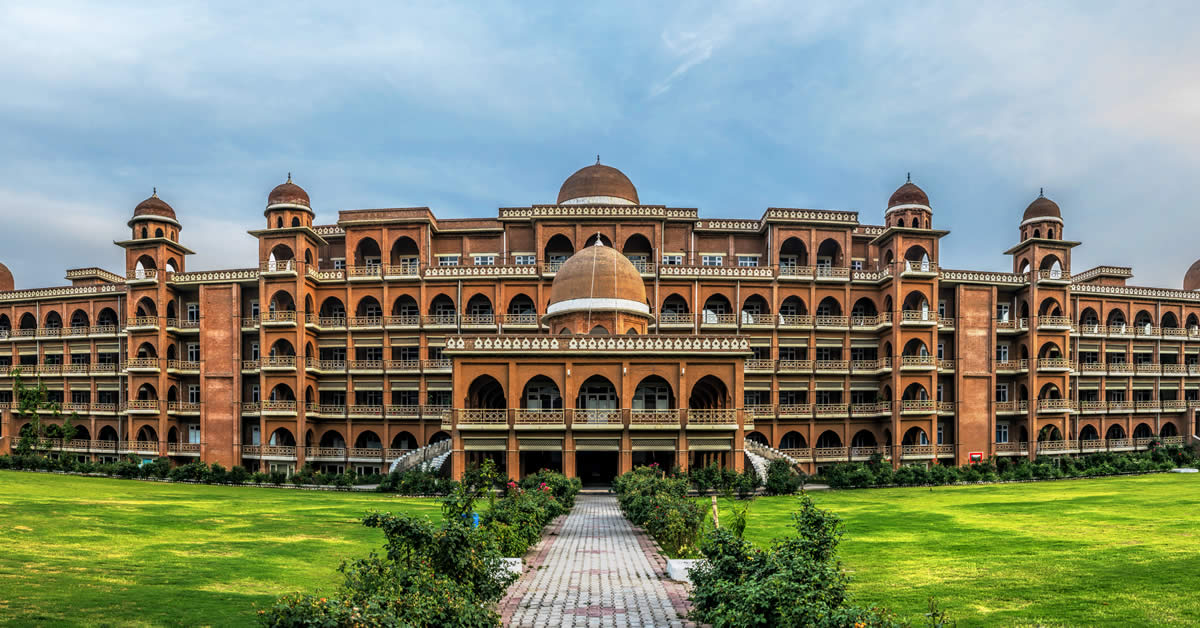

Khyber Pass:
The Khyber Pass Peshawar is a mountain pass connecting Afghanistan and Pakistan, cutting through the north-eastern part of the Spin
Ghar Mountains. An integral part of the ancient Silk Road, it is one of the oldest known passes in the world.
Throughout history it has been an important trade route between Central Asia and South Asia and a strategic military location.
The summit of the pass is 5 kilometres (3.1 mi) inside Pakistan at Landi Kotal.

Bala Hisar Fort:
Bala Hisar Peshawar is a heavily-guarded fort that is located now centrally (in Old Peshawar it would have been
in the north-western corner). It was built in the 16th century and has seen a long history through Mughal Emperors, the Sikhs and the British
and has been destroyed and rebuilt again at least once. It is used today by Frontier Corps as the locals call them.

Qissa Khawani Bazaar:
Qissa Khawani Bazaar Peshawar is a place which travelers must visit because of its historical background.
Qissa Khawani means the Bazaar of Story Tellers. in the ancient times, there used to be professional story tellers, caravan arriving
from different central Asian states staying and enjoying cup of green tea while listening to the stories of the story tellers.

Peshawar Museum:
The Peshawar Museum was founded in 1907 in memory of Queen Victoria. The two-story building features an amalgamation of British,
South Asian, Hindu, Buddhist and Mughal Islamic architectural styles. Originally, there was only one main hall.The current collection
has almost 14,000 items based on Gandhara, Greco-Buddhist, Kushan, Parthian, and lndo-Scythian life. Examples include art, sculptures, coins,
manuscripts, statues, and ancient books, early versions of the Holy Quran, weapons, dresses, jewellery, Kalash effigies, inscriptions
, paintings of the Mughal and later periods, household materials and pottery, as well as local and Persian handicrafts.

Jamrud Fort:
The Jamrud Fort is located at the entrance to the Khyber Pass in Khyber Pakhtunkhwa, Pakistan. In October 1836,
Jamrud was conquered from the Khyberis by the Sikhs. Sardar Hari Singh Nalwa (1791-1837),
the well-known Sikh general, proposed to build a big fort at Jamrud . The proposal was opposed;
nevertheless the foundation of the fort that has survived was laid by General Hari Singh Nalwa on 6 Poh 1893 Sambat (18 December 1836)
and the construction was completed in 54 days.
